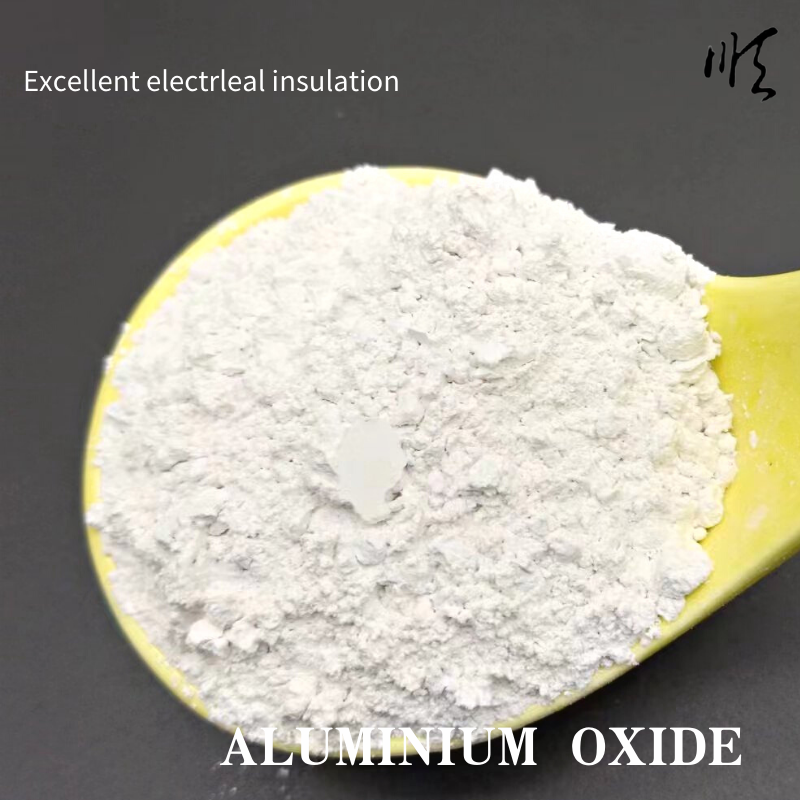
High-Quality China Talc Powder Supplier
The Importance of Talc Powder in China’s Industrial Landscape
Talc powder, a versatile mineral derived from the metamorphic rock talc, holds significant importance in various industries across the globe. In China, which is one of the largest producers and consumers of talc, the mineral plays a crucial role in the economic fabric of different sectors. Known for its excellent properties such as softness, lubricating abilities, and chemical inertness, talc powder is utilized in everything from cosmetics to plastics, ceramics, and even the paper industry.
Production and Reserves
China boasts substantial reserves of talc, making it a key player in the global talc market. The country's rich deposits are primarily located in provinces such as Liaoning, Guangxi, and Jiangxi. These areas not only provide high-quality talc but also contribute significantly to the local economies through job creation and the development of associated industries. Chinese companies have invested in advanced extraction and processing technologies to enhance the purity and quality of talc powder, ensuring that it meets international standards.
Industrial Applications
Talc powder has diverse applications that span multiple industries. In the cosmetic sector, it is widely used in products like talcum powder, face powders, and even eyeshadows due to its ability to absorb moisture and create a smooth texture. The automotive industry utilizes talc as a reinforcing filler in plastics and other materials, enhancing their durability and resilience. The paper industry also benefits from talc powder, which is used to improve the opacity, smoothness, and printability of paper products.
china talc powder

Furthermore, in the paint and coatings sector, talc powder acts as a functional filler that enhances the properties of paints, including improved weather resistance and texture. Its use in pharmaceuticals is also noteworthy as it serves as a filler in tablets and capsules, ensuring consistent quality and performance.
Health and Safety Considerations
Despite its many advantages, the use of talc powder has raised some health concerns, particularly regarding its potential contamination with asbestos, a known carcinogen. The Chinese government and industry leaders are aware of these issues and have implemented stringent safety regulations and quality control measures to ensure that talc products are safe for consumers. Ongoing research is focused on the safe extraction and use of talc powder, aiming to mitigate any associated health risks.
Future Prospects
The future of talc powder production and application in China looks promising. With the growing demand for talc in emerging markets, coupled with the increasing awareness of eco-friendly and sustainable products, there is a significant opportunity for Chinese manufacturers to innovate. Investments in research and development, coupled with a focus on sustainability, will likely lead to the introduction of new talc-based products that align with global trends towards greener and safer industrial practices.
In conclusion, talc powder is an essential component of numerous industries in China, contributing to economic growth and technological development. As the market evolves, the focus on safety and sustainability will continue to shape the future of talc production, ensuring that it remains a valuable resource for various applications. With its abundant reserves and ongoing innovations, China is poised to maintain its leadership position in the global talc powder market.
Share
-
Premium Pigment Supplier Custom Solutions & Bulk OrdersNewsMay.30,2025
-
Top China Slag Fly Ash Manufacturer OEM Factory SolutionsNewsMay.30,2025
-
Natural Lava Rock & Pumice for Landscaping Durable Volcanic SolutionsNewsMay.30,2025
-
Custom Micro Silica Fume Powder Manufacturers High-Purity SolutionsNewsMay.29,2025
-
Custom Mica Powder Pigment Manufacturers Vibrant Colors & Bulk OrdersNewsMay.29,2025
-
Custom Micro Silica Fume Powder Manufacturers Premium QualityNewsMay.29,2025






